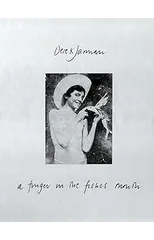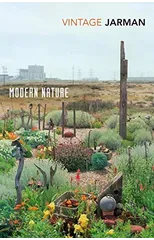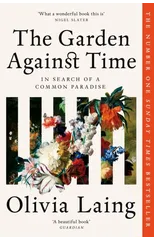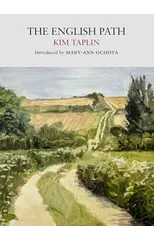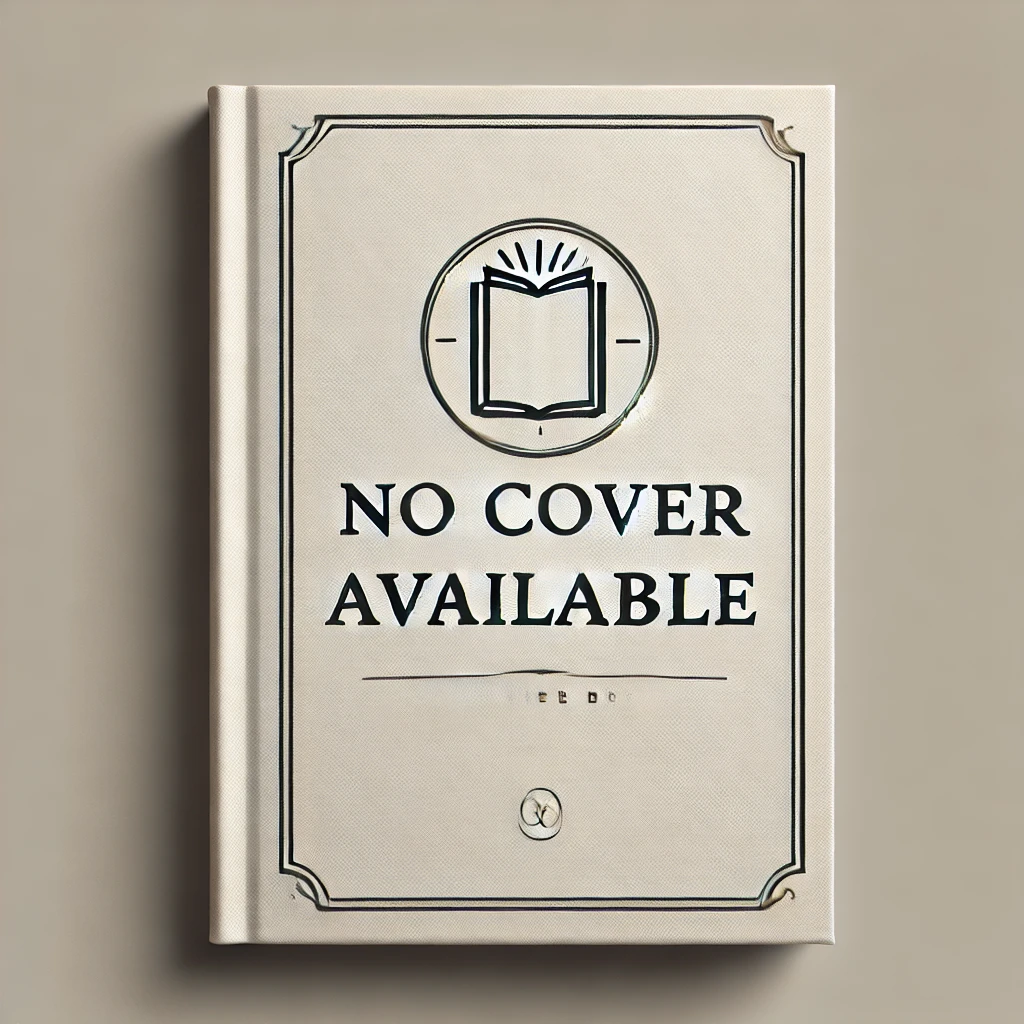Derek Jarman's Garden
(Author) Derek JarmanDerek Jarman's Garden is the last book Jarman ever wrote. It is a fitting memorial to a brilliant and greatly loved artist and film maker who, against all odds, made a breathtakingly beautiful garden in the most inhospitable of places - the flat, bleak, often desolate expanse of shingle overlooked by the Dungeness nuclear power station. Here is Jarman's own record of how the garden evolved, from its earliest beginnings in 1986 to the last year of his life. More than 150 photographs by his friend Howard Sooley capture the garden at all its different stages and at every season of the year, revealing the complex geometrical plan, magical stone circles and the beautiful and bizarre scupltures. We also catch glimpses of Jarman at work on the garden.
Derek Jarman
Derek Jarman (1942-1994) was an English filmmaker, artist, and writer known for his avant-garde and experimental works. He was a prominent figure in the British New Queer Cinema movement and his films often explored themes of homosexuality, politics, and personal identity.
Jarman's most notable works include the films "Sebastiane" (1976), "Caravaggio" (1986), and "Edward II" (1991), which challenged traditional narrative structures and pushed boundaries in terms of content and style.
In addition to his filmmaking, Jarman was also a prolific writer, penning several books on art, politics, and his own life experiences. His literary style was characterized by its poetic and introspective nature, often blending personal reflections with social commentary.
Jarman's contributions to literature and film have had a lasting impact on the LGBTQ+ community and the art world as a whole. His most famous work, "Blue" (1993), a film consisting solely of a blue screen with voiceover narration, is considered a groundbreaking and influential piece of experimental cinema. Jarman's fearless exploration of queer themes and his bold artistic vision continue to inspire artists and filmmakers to this day.

